

Improved Edge Steepness with New MaxLine E-Grade Filters
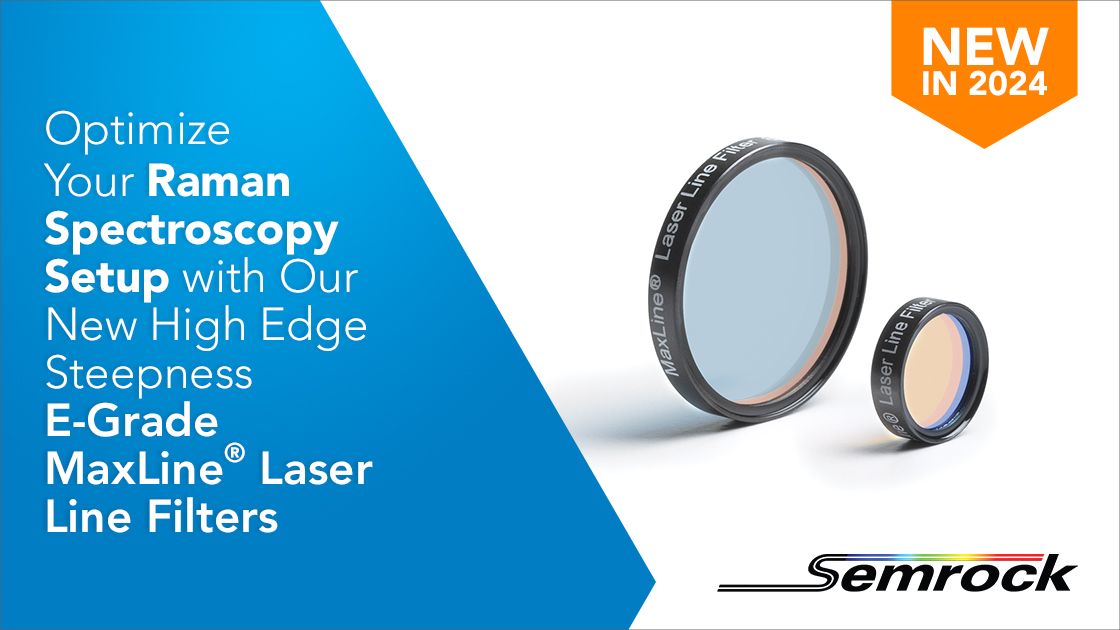
This blog summarizes the rationale and distinguishing features of our new E-Grade Maxline® laser line filters, which now allow users to take full advantage of the superior edge steepness offered by the RazorEdge™ E-Grade
edge filters for Raman spectroscopy.
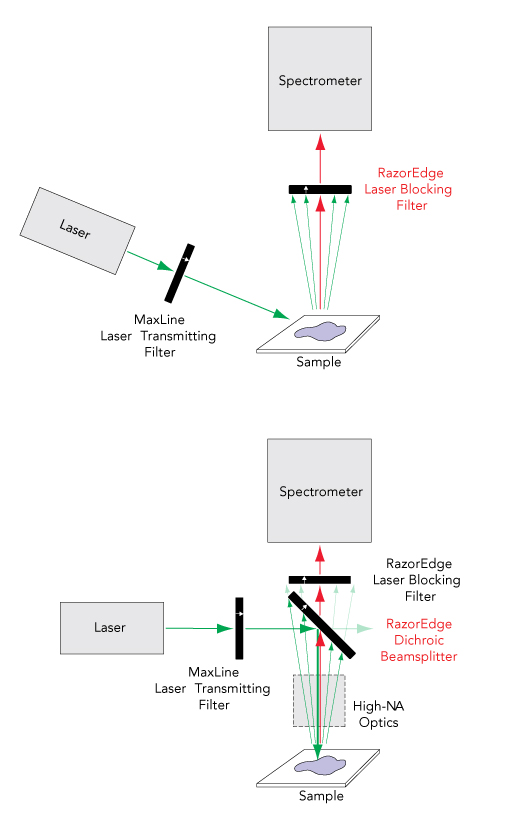
Figure 1: Setups for Raman spectroscopy
Raman spectroscopy is performed using either a standard layout or a layout with microscope-based high-NA collection optics, as shown in Figure 1.
In either case, it is standard practice to employ a laser cleanup filter to block laser light generated outside the nominal high-power laser line. The Semrock® MaxLine filters from IDEX Health & Science are high-quality, reliable laser line filters.
One must, therefore, consider the characteristics of the laser line filter in relation to the laser blocking shown in Figure 1, which must remove essentially all Rayleigh-scattered laser light from the beam emitted from the sample under study.
The RazorEdge series from Semrock is a high-performance edge filter for Raman spectroscopy, offered with different edge steepness grades, U- and E-Grade. The steeper edged E-Grade filters allow collection of Raman signal closer to the laser line than
do the U-Grade; see Figure 2 for an example at 785 nm.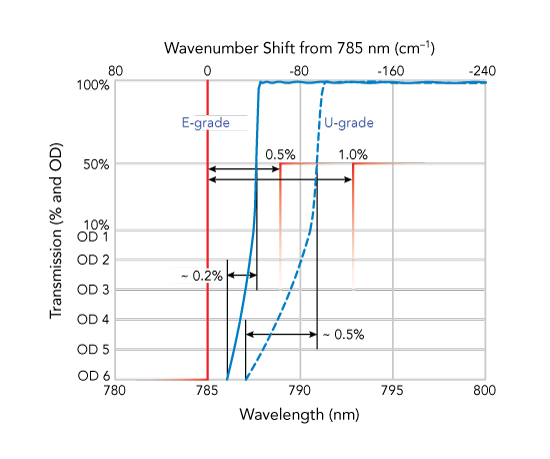
Figure 2: Edge steepness profiles for E-Grade and
U-Grade filters LP02-785RE and LP02-785RU
Figure 3 illustrates why the MaxLine (LL series) and RazorEdge (LP series) U-Grade filters make an ideal filter pair for Raman spectroscopy. The MaxLine filter spectrally “cleans up” the excitation laser light before it reaches the sample
under test, allowing only the desired laser line to reach the sample. The RazorEdge filter then removes the laser line from the light scattered by the sample, while efficiently transmitting desired light at wavelengths very close to the laser line.
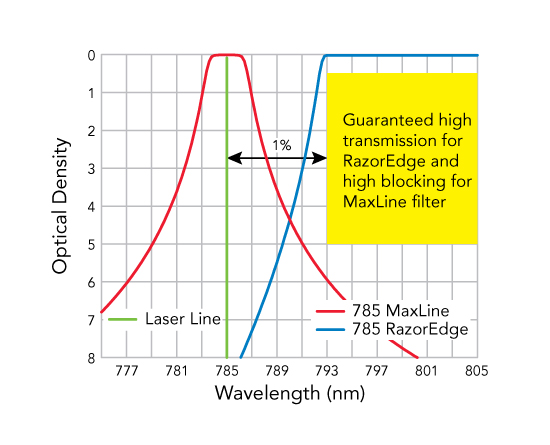
Figure 3: MaxLine and U-Grade RazorEdge spectra
However, this level of cooperativity did not take place between the standard (pre-E) series MaxLine filters and the E-Grade RazorEdge filters, which are much steeper than the U-Grade filters; see Figure 4, where the LL01-785 cannot adequately clean up the laser light to the red of 785 nm. Note that the LL01-785 has a nominal Edge Steepness of 0.9%.

Figure 4: Spectra of MaxLine with U-Grade and E-Grade RazorEdge filters
The new, steeper MaxLine E-Grade filter corrects this situation due to its increased Edge Steepness (0.2% nominal), allowing better separation from the E-Grade RazorEdge; see Figure 5.
This new filter subfamily has part numbers with the letter E after the wavelength. In Figure 5, the LL01-785E is distinguished from the standard steepness LL01-785 shown in Figure 4.
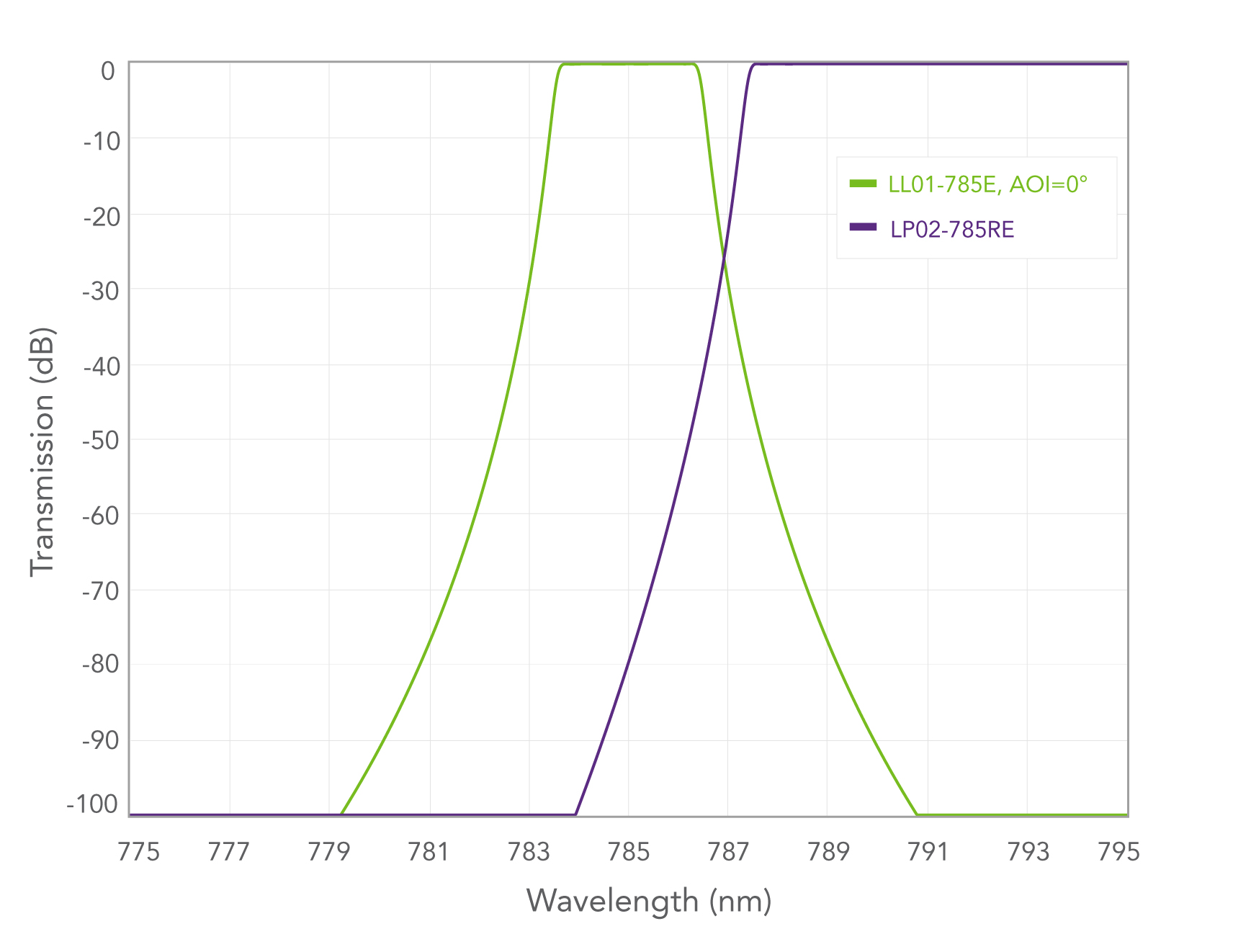
Figure 5: Superposed graphs of E-Grade MaxLine and RazorEdge spectra
The other novel feature of the MaxLine E-Grade series is the built-in angle-tilt feature. With reference to Figure 5, the separation between the RazorEdge and MaxLine filters can be increased by adjusting the AOI of the MaxLine filter to shift the steep red edge to a lower wavelength. This is shown in Figure 6, where about 4 OD of suppression is achieved at the crossover wavelength at the typical maximum rotation of 5°.

Figure 6: Shift of theoretical spectra of LL01-785E with AOI
The initial release of the E-Grade MaxLine laser line filters will include versions for 488, 532, 633, and 785 nm. This is anticipated to be useful for demanding Raman applications over a wide range of sensing and analysis fields.
